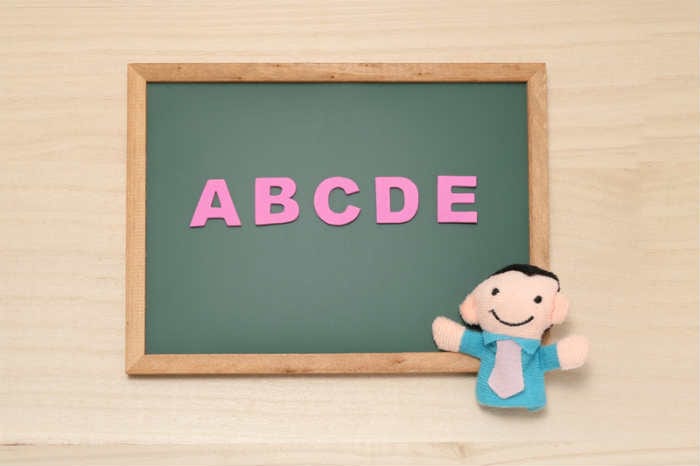











When providing therapy, there are various theories a professional can utilize to inform treatment. The theory of choice is dependent on the educational background of the therapist. It is similar to how certain cultures greet one another. In some cultures, it is a handshake whereas in other cultures, it is a kiss on the cheek. Their background affects how they interact with people. A therapist’s background and training will impact how they practice. Each theory has a particular way of conceptualizing problems and igniting change. They also come with their own set of therapeutic techniques to encourage change and become the staple of the theory.

Gestalt therapy is a type of therapy that utilizes the client-therapist relationship to incite change. The relationship between the client and therapist has to be strong but also maintain a good balance. For example, the client has to take responsibility for themselves.
The time spent in therapy is only a fraction of the client’s weekly life. The client must take ownership of their life, centering their efforts towards change outside of the therapy room. It focuses on four major areas: exploration towards awareness of self, creation of dialogue by allowing the therapeutic process to occur naturally, the view of a person’s sense of self within the context they live in, and change through experiments, experiences and action.
A therapist practicing Gestalt therapy would likely use the following techniques in their treatment.
While it is not necessarily a specific technique, this theory highly informs the therapeutic relationship and the approach towards change. The main concept of the theory is that the more a person tries to be someone they are not, the more they end up staying the same. Accepting who one is as a person is an important part of living in the present moment as well as gaining awareness of the self. The theory helps the therapist practice empathy and unconditional acceptance which are components of Gestalt therapy. Under this theory, it is through self-acceptance that change occurs.
Clients must become aware of behaviors, thoughts, and emotions that are inhibiting them rather than being blind to them. They must practice awareness so they may gain the insight needed to change. This type of focus does not mean the therapist ignores the client’s past. The past is important as it appears in the present moment. Often times, past concerns play out in the present experience. It is important to gain awareness into how the past presents itself in the “here” and “now.”
This involves the client dialoguing with someone sitting across from them. With the empty chair, they can envision the person they might need to communicate with about a particular issue, situation, or emotion they have been experiencing. The client may even move from chair to chair, playing out the conversation. The purpose is to get the client to engage in deeply rooted behaviors, thoughts, and emotions and bring about awareness.
The therapist might notice a behavior such as a movement, expression, or tone that could be connected to the client’s emotions in the moment. The therapist will call attention to what they notice by asking the client to overly exaggerate the behavior. The desire is to bring the client’s attention towards the emotions potentially attached to the behavior and create overall awareness.
Understanding the tenets of different theories can be helpful from a professional standpoint and a client’s standpoint. It helps guide a therapist through treatment. It can also give clients the ability to understand and envision how change can happen for them as well as what they can work towards.